
Naked Spirituality
¥83.03
Christianity is in crisis. Many sincere Christians feel their traditional Christian practices are in danger of becoming irrelevant, empty rituals. In his previous book A New Kind of Christianity, Brian D. McLaren offered new biblical models for how we understand the central ideas of a faith that provides hope for restoring and reinvigorating the power of the gospels to transform us and our communities.In Naked Spirituality, McLaren takes his prophetic work a step further by confronting how the lack of a simple, doable, durable spirituality undermines the very transformation God is calling us to undergo. As a result, our religious structures become tools to maintain the status quo and not catalysts for personal and social change. McLaren presents a four-stage framework for understanding the spiritual life, and he unfolds spiritual practices appropriate to each stage. Each practice is rooted in a simple word: here, thanks, O, sorry, help, please, when, no, why, behold, yes, and silence. Naked Spirituality offers accessible, practical wisdom for living a truly spiritual life. Staying true to Jesus's core message while engaging faithfully with our postmodern world, McLaren presents a proven spiritual program for engaging in and sustaining a meaningful relationship with God.

The Reluctant Parting
¥90.77
Now in paperback, The Reluctant Parting is a poignant look at the New Testament exploring the forgotten question of intention and identity in Christianity's core writings– How did Jesus's followers stop being Jewish without meaning toWhile other books have demonstrated the "Jewishness" of Jesus, none have grappled with the implications of the New Testament authors' relationship to their own Judaism. The Christian New Testament has led a life never imagined by its Jewish sectarian authors. Through lively and accessible scholarship, Galambush reveals the anguish of the early Christians as they first struggled with, and then left behind, the larger Jewish community. She illuminates the human drama of the split between Jews and Christians, revealing a deep loss at the heart of Christian tradition that continues to cry out for reconciliation between Christianity and the Judaism it so painfully left. Not just another well–credentialed scholar, Galambush is uniquely positioned as both a convert to Judaism and a former associate pastor to identify what is at stake for Jews as well as for Christians. The book's deeply empathic portrayal of the early Christians' struggle with their Jewish identity will allow it to serve as a resource for Jews and Christians alike.

The Committed Marriage
¥88.56
In our turbulent world, it sometimes seems difficult to forge and maintain the bonds of a committed, loving relationship. In The Committed Marriage, Rebbetzin Esther Jungreis, esteemed teacher, counselor, and matchmaker, helps even the most pressured modern couples find harmony and unity, guided by the timeless wisdom of the Torah. Starting with the first stagesof finding a soul mate, and continuing through the challenge of learning to communicate with compassion and understanding, whether debating parenting issues or how to grow old in harmony, these real-life success stories reflect the practicality and endurance of traditional values. The anecdotes and true-life stories will speak to your heart and mind, while the Rebbetzin's faith and depth of understanding will inspire you and strengthen your marriage.

The 21-Day Consciousness Cleanse
¥94.10
Now, in her most practical and pre*ive book to date, bestselling author Debbie Ford delivers a three-part process that empowers us to let go of toxic thoughts and destructive behaviors and discover the deep peace that resides within. The first 7 days are a life-changing release of everything from the past that depletes our vitality and holds us back. When we purge these old emotions like hardened grief, bitter resentments, deadening regrets, and outdated beliefs we begin to feel a new passion for life. During the next 7 days, standing in the present, Ford has us take an honest look at where and who we are today. We'll observe everything and notice what is and what is not working. Standing firmly inside the present moment, we realize our own strength and the ability to respond to the calling of our soul. The final week brings the most exhilarating transformation as we look into the future and discover who we want to be from this day forward.The 21-Day Consciousness Cleanse carries us on an incredible personal journey that will open our eyes to all that we are and all that we desire to be. We transform our consciousness and unlock purpose, meaning, and passion in our life.

A Year of Living Consciously
¥83.03
Embrace Each DayWe all want to live authentic, self-aware, and successful lives. How do we go about itWhere do we beginIn a daily map full of wisdom, inspirational quotes, and transformational exercises, bestselling author and psychotherapist Gay Hendricks sets us on a fantastic journey to personal and relationship success. In bite-size portions, Hendricks encourages understanding, self-awareness, and honesty-all vital elements in a conscious life. A Year of Living Consciously teaches us to relish the journey that results in greater self-esteem and emotional literacy, achievements that can only come from leading an examined life. Quotes from historical and literary figures reinforce the timeless importance of honesty and self-knowledge. By helping us see, comprehend, and ultimately embrace the secrets we often hide from ourselves. A Year of Living Consciously brings us into accord to create clearer understanding, genuine change, and self-realization.
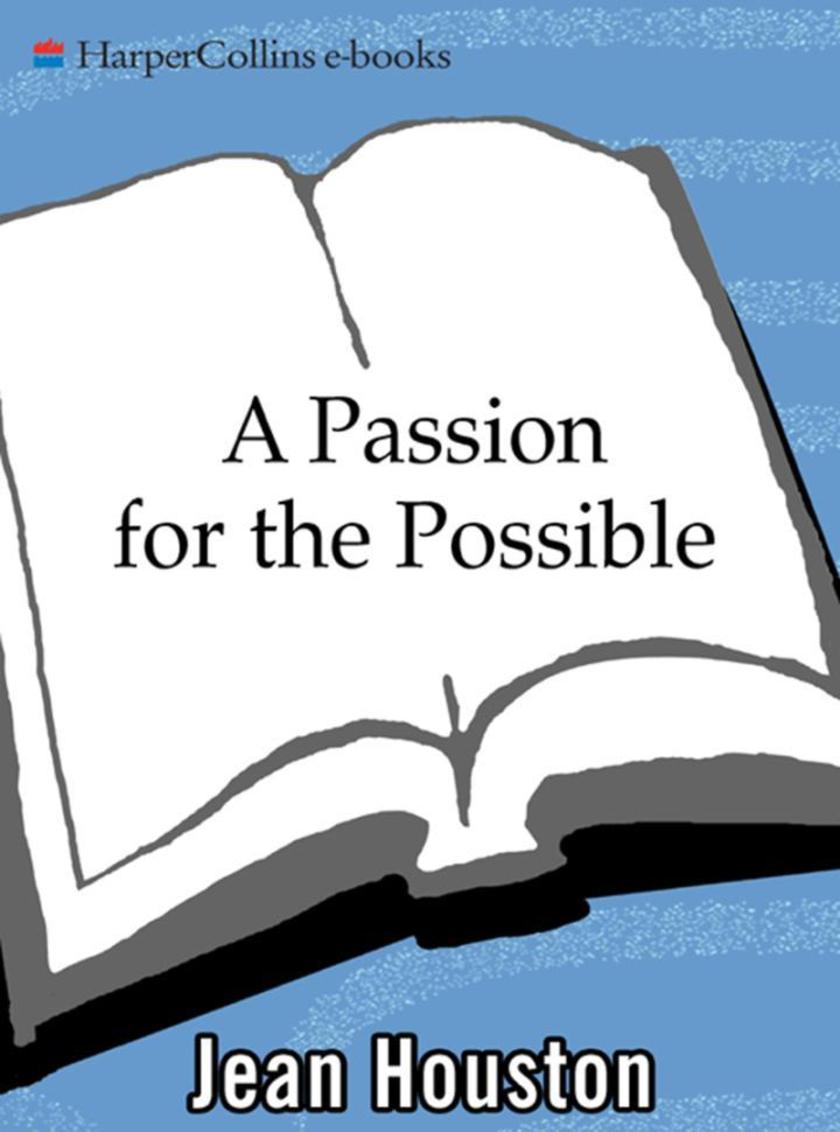
A Passion For the Possible
¥71.94
Discover your own extraordinary gifts and live every day with passionNow you can explore and expand your own unique possibilities on all four levels of your being--the physical, psychological, symbolic, and spiritual--using the practical and creative tools in this remarkable guide. In her most deeply transforming book to date, Houston leads you on a profound journey of self-discovery and shows how you can courageously commit to experiencing your real potential.

Speak What We Feel
¥72.93
Four Unexpected Prophets Who Shine Light into the Darkness
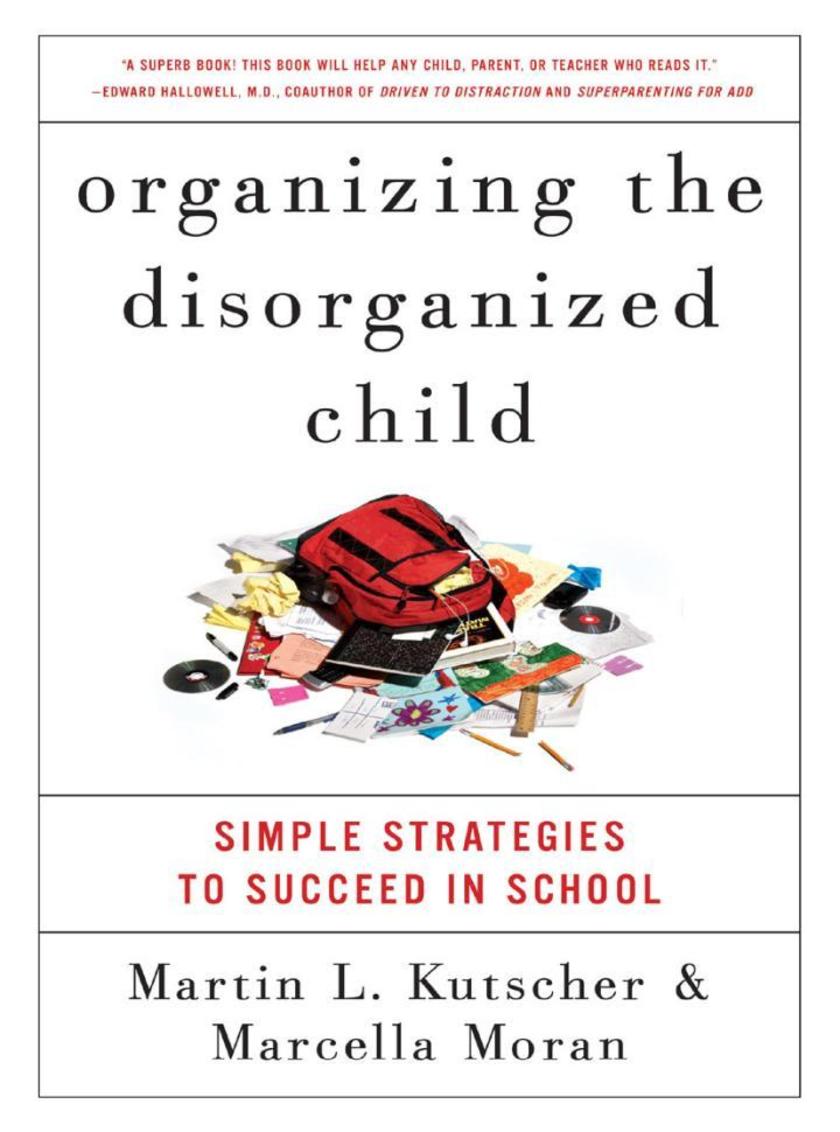
Organizing the Disorganized Child
¥77.49
Organizing the Disorganized Child explains: How to solve the messy-backpack problem (page 28). Step-by-step tips to help your child improve study skills (page 96). Which school supplies work best for different types of children (page 26). Methods for note taking (page 99). Techniques for time management (page 72). Strategies to refine morning and nighttime routines that will help the entire family (page 128).

God's Politics
¥83.92
New York Times bestseller God's Politics struck a chord with Americans disenchanted with how the Right had co-opted all talk about integrating religious values into our politics, and with the Left, who were mute on the subject. Jim Wallis argues that America's separation of church and state does not require banishing moral and religious values from the public square. God's Politics offers a vision for how to convert spiritual values into real social change and has started a grassroots movement to hold our political leaders accountable by incorporating our deepest convictions about war, poverty, racism, abortion, capital punishment, and other moral issues into our nation's public life. Who can change the political windOnly we can.
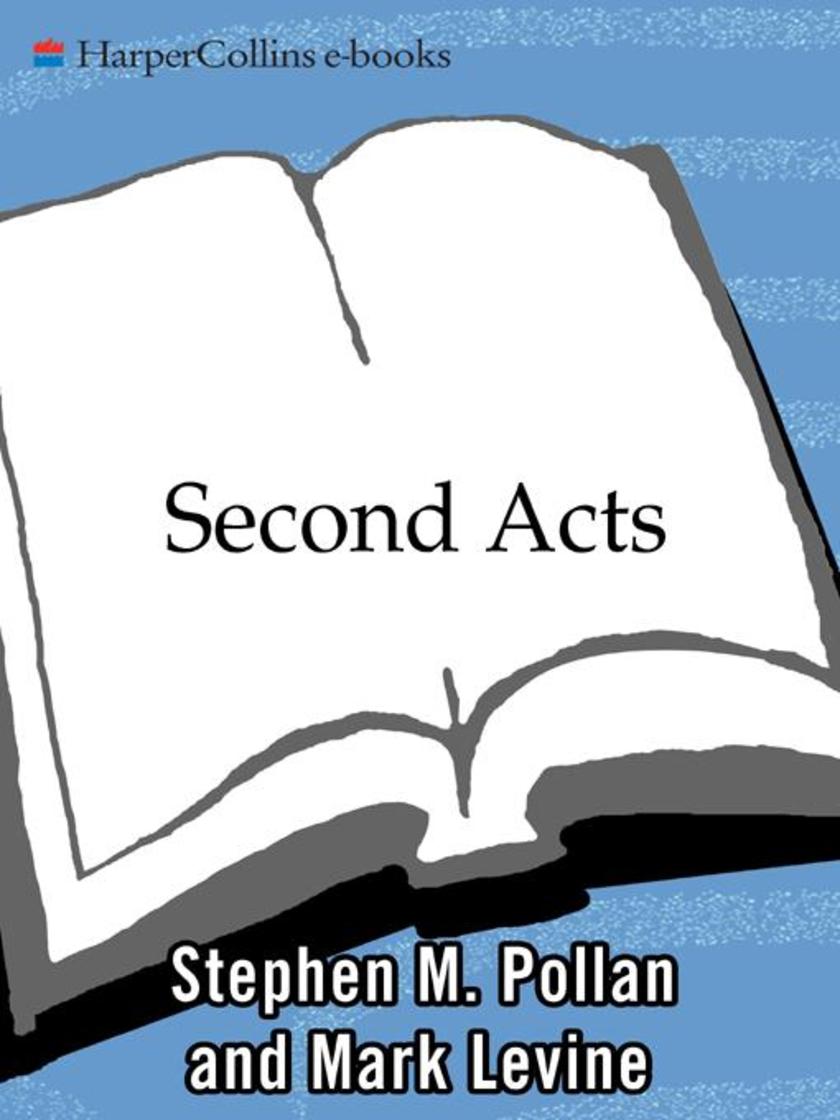
Second Acts
¥84.16
Second Acts is a guide to reinventing your life. Whether you wish to change careers, move to a more desirable part of the country, start a business, write a novel, or drop everything to pursue a life dream, Stephen Pollan offers a powerful message ofhope and guidance that has benefited his own clients.Through a series of exercises, you will develop a comprehensive "*" for your second act a step-by-step action plan that will lead you to the life you've always wanted.

What Mama Couldn't Tell Us About Love
¥84.16
"Mama," writes Brenda Richardson, "you taught me how a black woman could survive and prevail in this world...but because you never learned yourself, you couldn't tell me how to make love work...I don't mean any disrespect, Mama, but...now I have children of my own. And in a loud revolutionary voice, I declare to the universe: the pain stops here." Clinical psychologist Dr. Brenda Wade and coauthor Brenda Richardson ask their African American sisters to consider this question: "What lessons about love and intimacy were passed down from your foremothers to you?" In this provocative rethinking of the African American woman's experience, the authors suggest that African American women share an emotional legacy that began when their ancestors were dragged in chains to the "New" World and continued as their descendants suffered through the violence and humiliation of the Jim Crow period and later racism. Indeed, they argue, the long shadow cast by these historical events impacts romantic practice, lives can be transformed once there is a true understanding of the power of inherited beliefs. What Mama Couldn't Tell Us About Love shows how important it is to grieve and make peace with this brutal history. As you will see in this remarkable uplifting book, it is possible to use the positive messages inherent in the African American experience to create a better life. Learn from the "Sisters Spirits"--well-known African Americans whose stories enliven these pages--as you move toward emotional freedom. Listen to the words of the spirituals interspersed in the text, enhance the coping skills and strengths your forebears harnessed to help them survive and prevail, and believe that emotional emancipation is your birthright. Mama may not have told you all this in so many words--but there is no doubt that she would want to see you take these last steps toward freedom and abundant love.

The Mocha Manual to Military Life
¥90.77
From Kimberly Seals-Allers, the creator of the Mocha Manual series, and coauthor Pamela McBride, a seasoned military wife, comes the ultimate guide to life, love, and logistics for military spouses, girlfriends, and female service members. Whether you're just beginning to date a military man and pondering the ins and outs of a long-distance relationship as he moves from base to base or you're a newly wed military wife, The Mocha Manual to Military Life has a host of tips for optimizing your romance. Beyond matters of the heart, the book also offers advice on everything from how to thrive during deployment to how to master military protocol to how to best build friendships among military wives. Accessible and witty, The Mocha Manual to Military Life is a fresh and timely must-read for all women but particularly African American and Latina women affected by military service. Written in the same informative tone as the other books in the Mocha Manual series, with sidebars and testimony from women who have experience navigating military life, this book is sure to be essential reading for all women engaged in some form or fashion with the military.
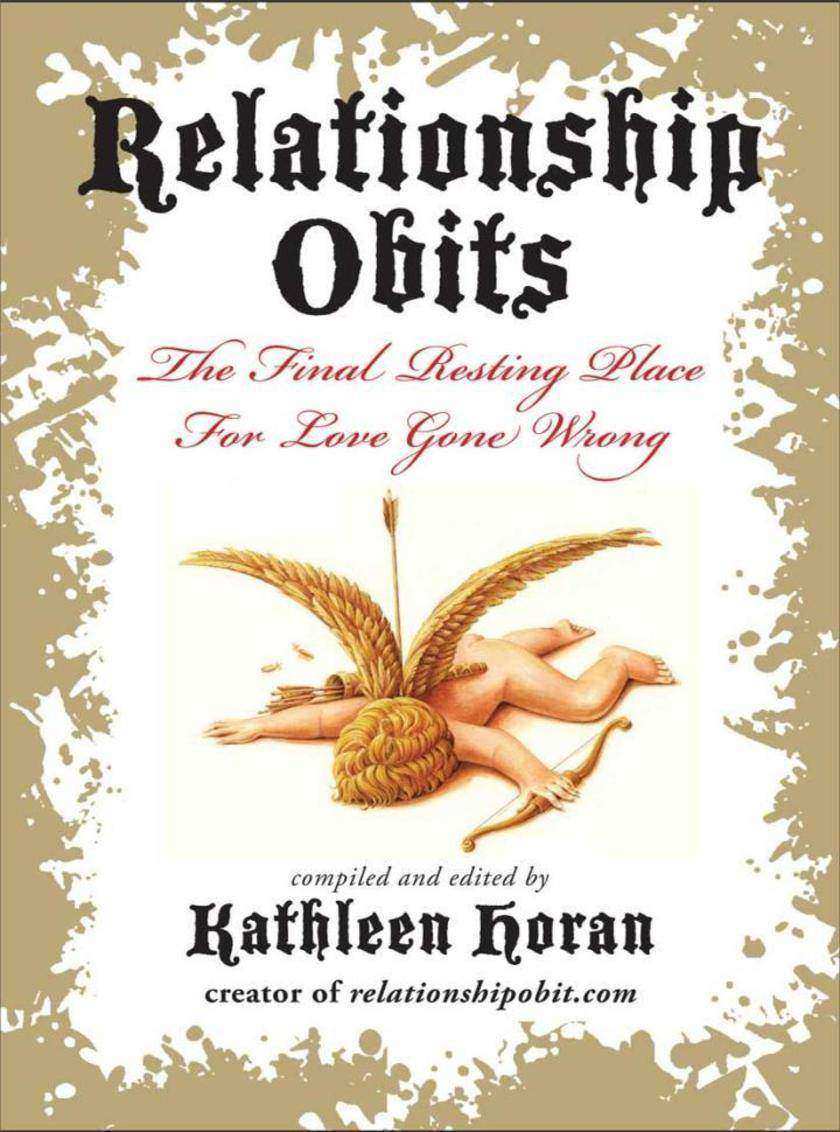
Relationship Obits
¥83.03
Because We All Have a Relationship We Need to Put to Rest From your basic lying, cheating, no-good scum to those relationships that were doomed from the start (they were married to different people), to a man who faked his death, Relationship Obits is a voyeuristic romp through the unexplored underbelly of love and life. Kathleen Horan founded relationshipobit.com when a big breakup was followed two weeks later by the death of her father. Writing her father's obituary made her wonder what it would be like to write one for the end of her relationship. The Web site was born and thousands began to put their love to rest online. This collection is at times hilarious, raw, shocking, and poignant a true celebration of love in all its manifestations.
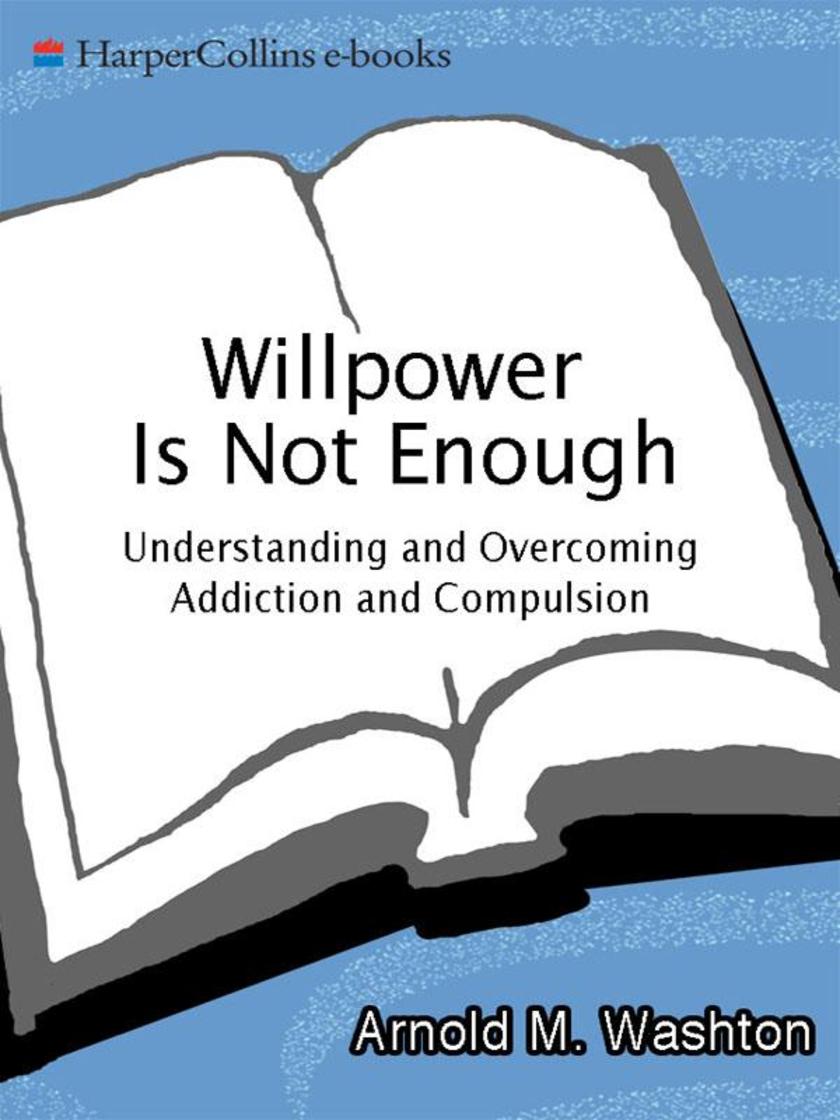
Willpower Is Not Enough
¥83.03
Many people think that what the addict needs is willpower, but nothing could be further from the truth: When a person has already lost control over a drug or activity, attempts to control its use almost never work. Because the source of addiction isn't the drug or activity itself but a desire for a mood changer, successful recovery means ultimately changing the way we live, giving up the addictive life-style. Willpower's Not Enough will show you how to change your life-style and to recover from your addiction.

The Law of Divine Compensation
¥94.10
Unleash the Divine Power of Abundance Author, activist, and spiritual leader Marianne Williamson is often considered one of the defining voices for a new generation of spiritual seekers.Spirituality and Health Williamson focuses on what defines meaningful work and how our jobs can be an extension of our spirituality. As she teaches . . . the sense of endless possibility to reshape our lives unfolds.Huffington Post The Law of Divine Compensation assures us that everything will be all right since the universe is set up to work for us. . . . We are challenged to believe that miracles do happen and what is lacking can become abundant.Spirituality and Practice

The Food52 Cookbook, Volume 2
¥196.49
The team behind the bestselling The Food52 Cookbook and the James Beard Award–winning website Food52.com are back. Powered by a thriving online community and edited by noted food writers Amanda Hesser and Merrill Stubbs, Food52.com spotlights the best recipes from talented home cooks all over the world. The Food52 Cookbook, Volume 2, features seventy-five of the latest community favorites, including:Late-Night Coffee-Brined Chicken Roasted Carrot Soup Herbed Beef Skewers with Horseradish Cream Kentucky Hot Toddy Burnt Caramel Pudding

Healing After Loss
¥88.56
For those who have suffered the loss of a loved one, here are strength and thoughtful words to inspire and comfort.

The Pregnant Woman's Comfort Book
¥95.16
With the wit, humor, and style that have made her Comfort Book series so popular, new mother Jennifer Louden brings her expertise to the wonderful world of pregnancy. From the blissful moments to the panic attacks, Louden guides women through the precarious emotional terrain of pregnancy and early motherhood with exercises, tips, and advice on a range of subjects including: your changing body image and self-esteem fears about your relationship with your partner a rational approach to eating (and eating and eating) dream exploration and the creation of a pregnancy comfort journal the joyous--and chaotic first months of motherhood and much more! This insightful, practical, and very comforting guide will speak to first-time and experienced mothers alike with this simple but vital message: taking care of yourself during pregnancy lays the groundwork for healthy and happy motherhood.
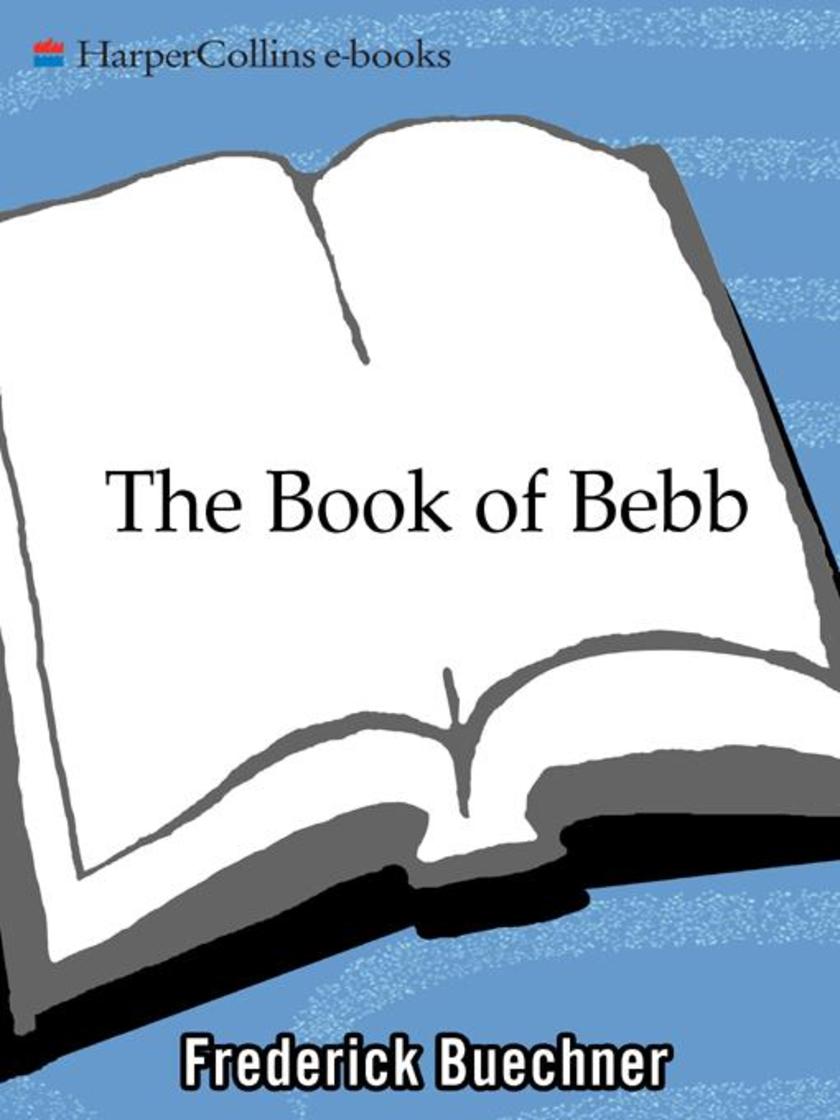
The Book of Bebb
¥121.80
Pulitzer Prize finalist Frederick Buechner's quartet of outrageously witty, inspirational Bebb novels in one volume.

No More Holiday Blues
¥44.31
Shows readers how to recapture the true spirit of Christmas, Hanukkah, and other holidays, offering specific ideas for overcoming self-defeating attitudes, rekindling childhood excitement, and making holidays experiences of joy.
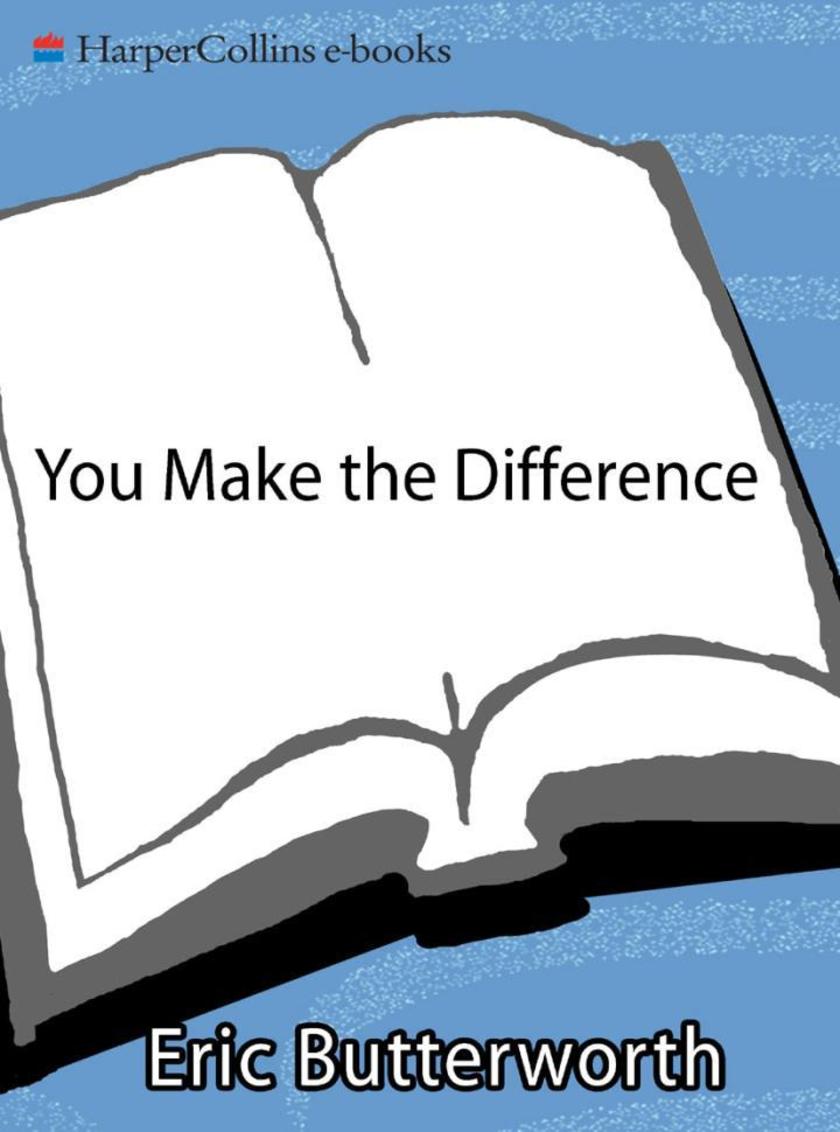
You Make the Difference
¥73.48
You Make the Difference speaks directly to those of us who find ourselves preoccupied with the sheer effort of coping with life's many demands and who long for real answers, inner security, and self-fulfillment. Eric Butterworth's wise and inspiring book provides us with guidance for living life to the fullest and achieving that most elusive state: happiness. In this book, he reveals how we carry within ourselves the capacity to transform our lives, and provides a road map to getting to know yourself which, Butterworth says, is the "key to happiness."




 购物车
购物车 个人中心
个人中心



